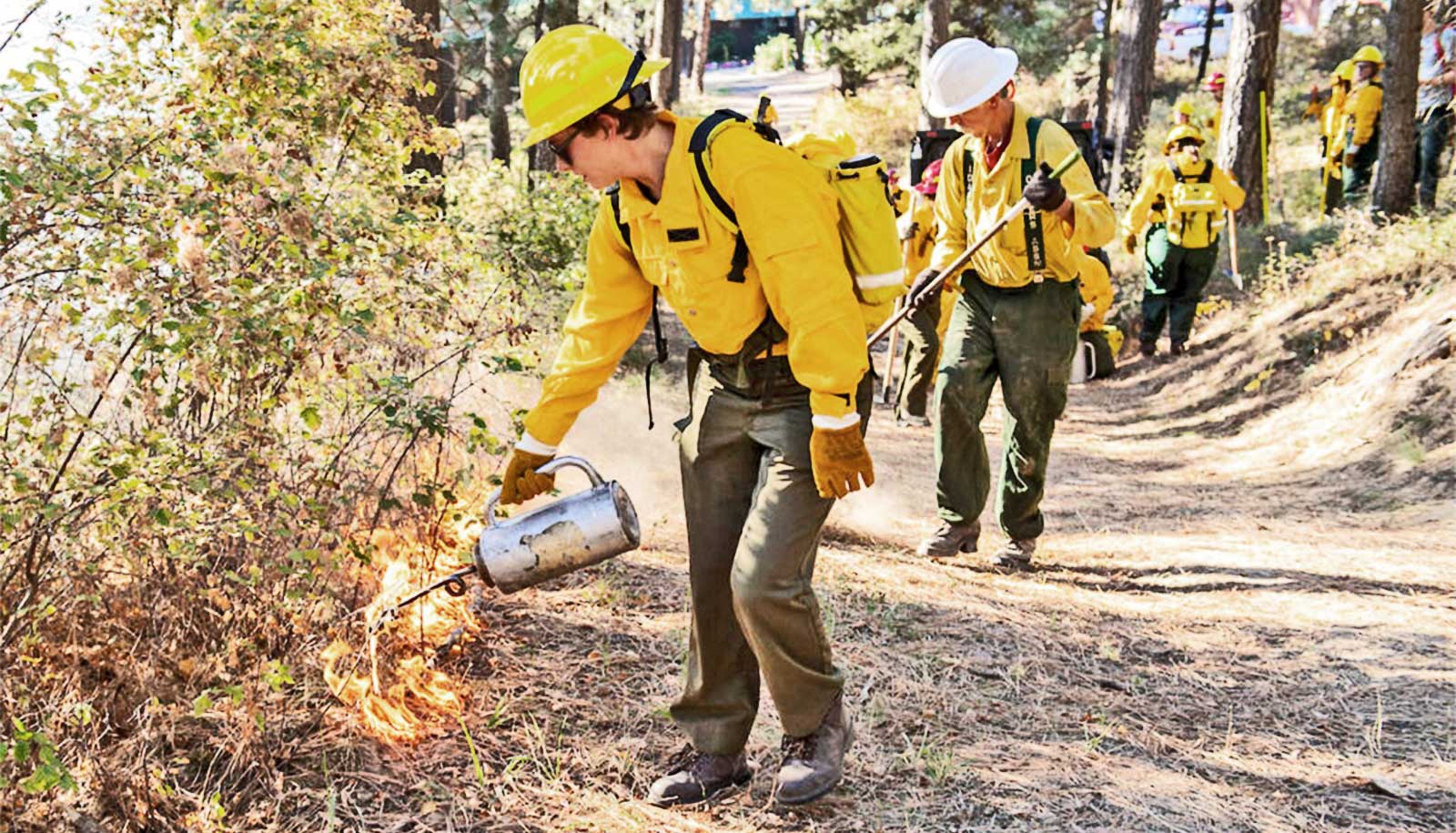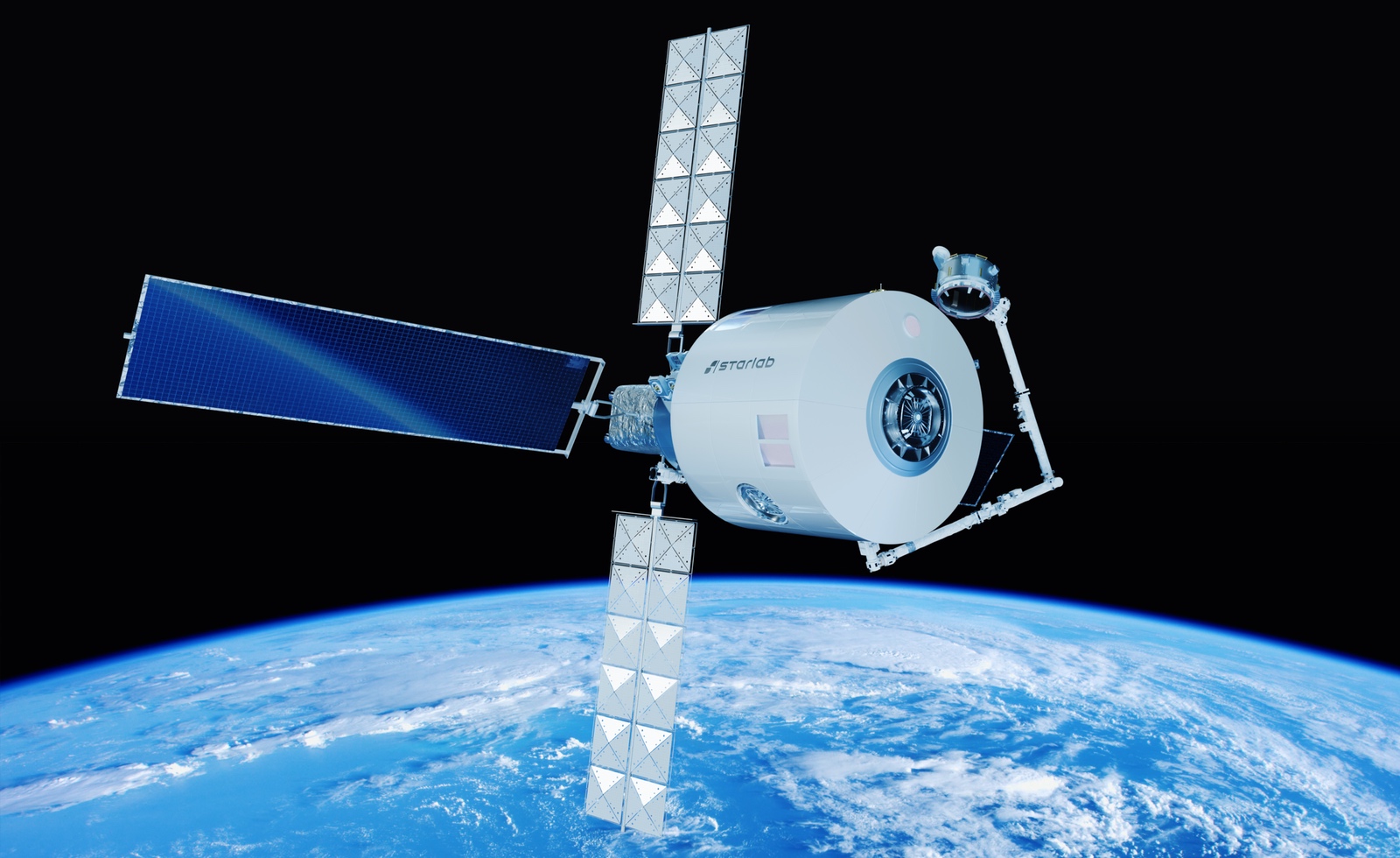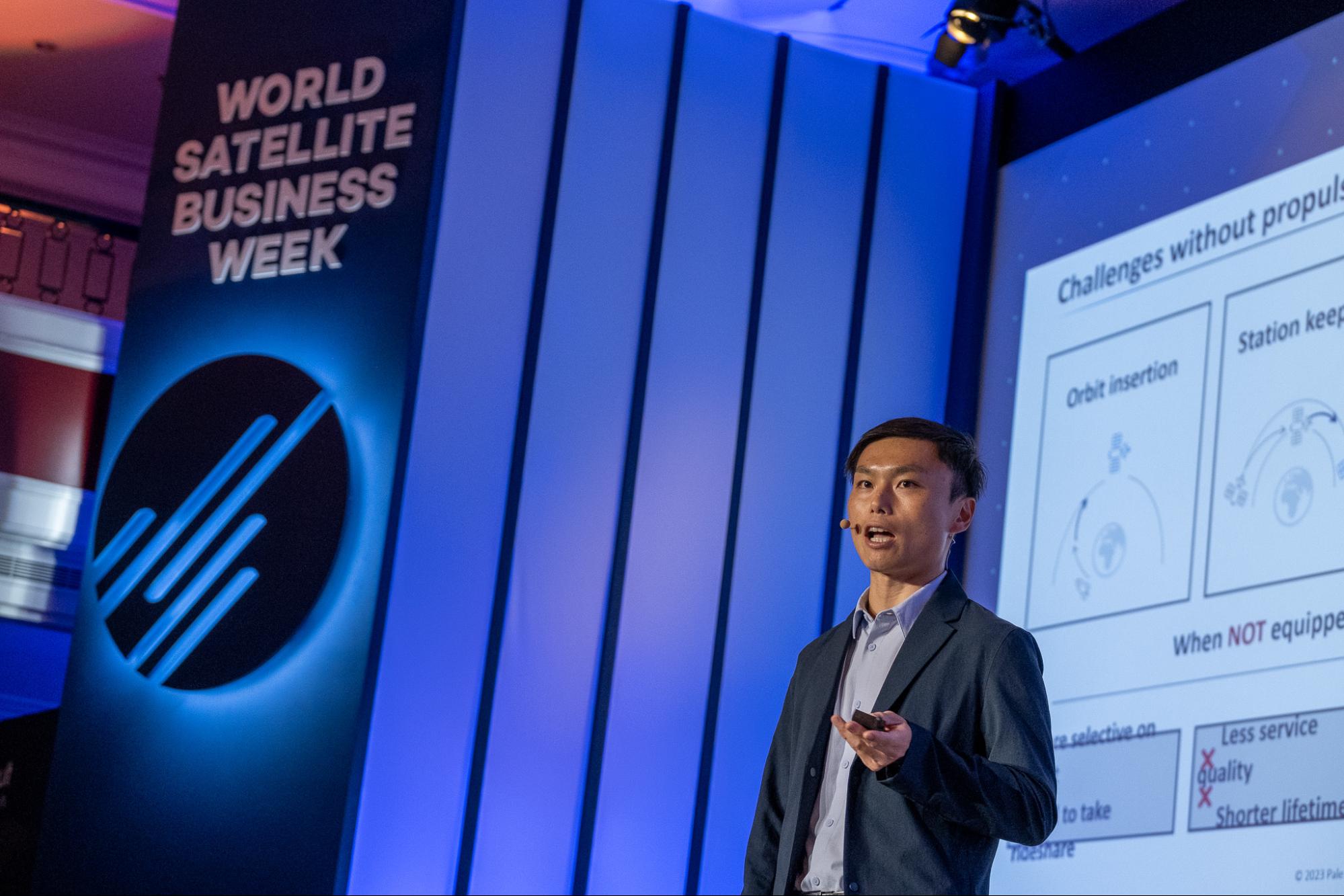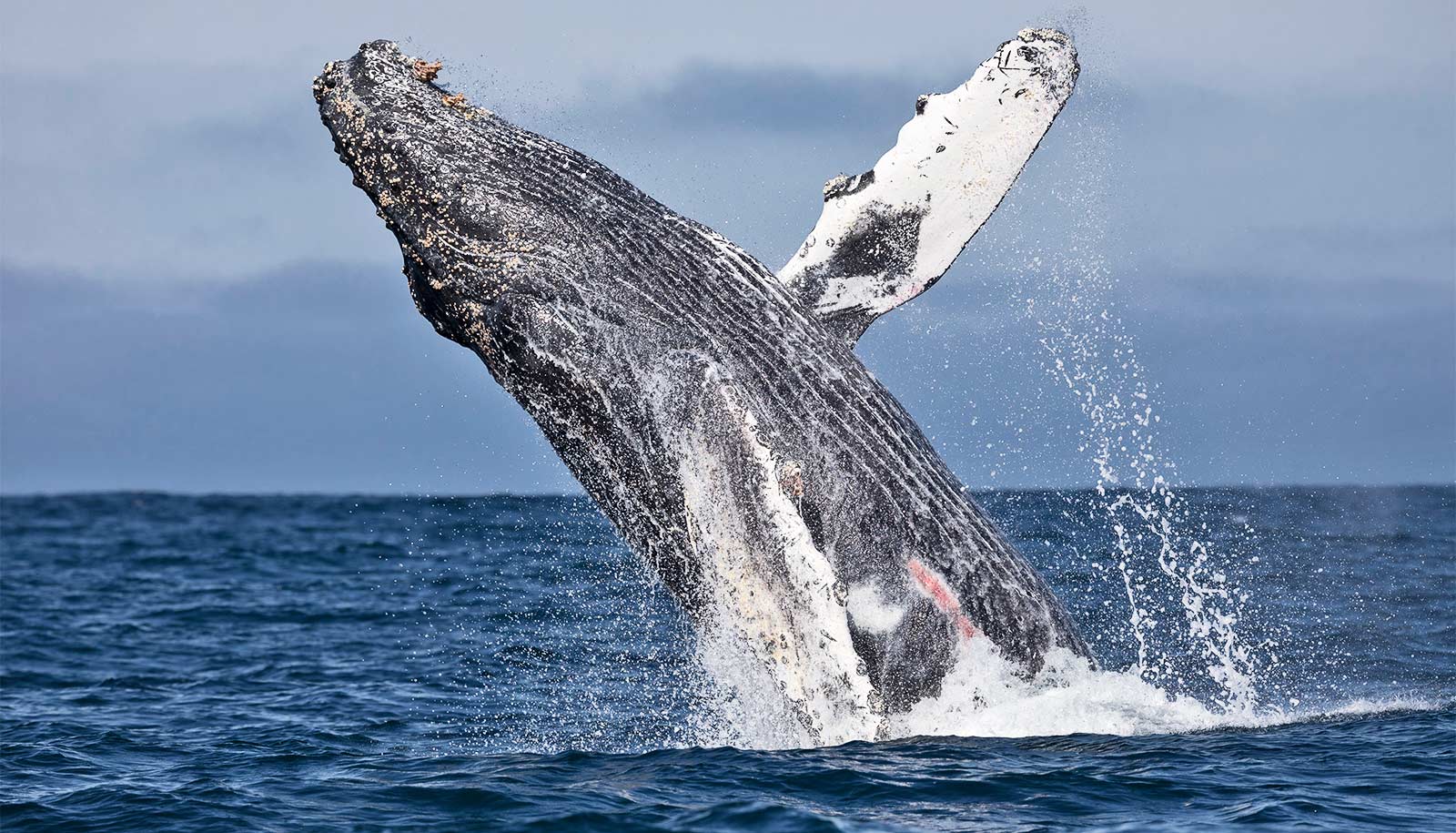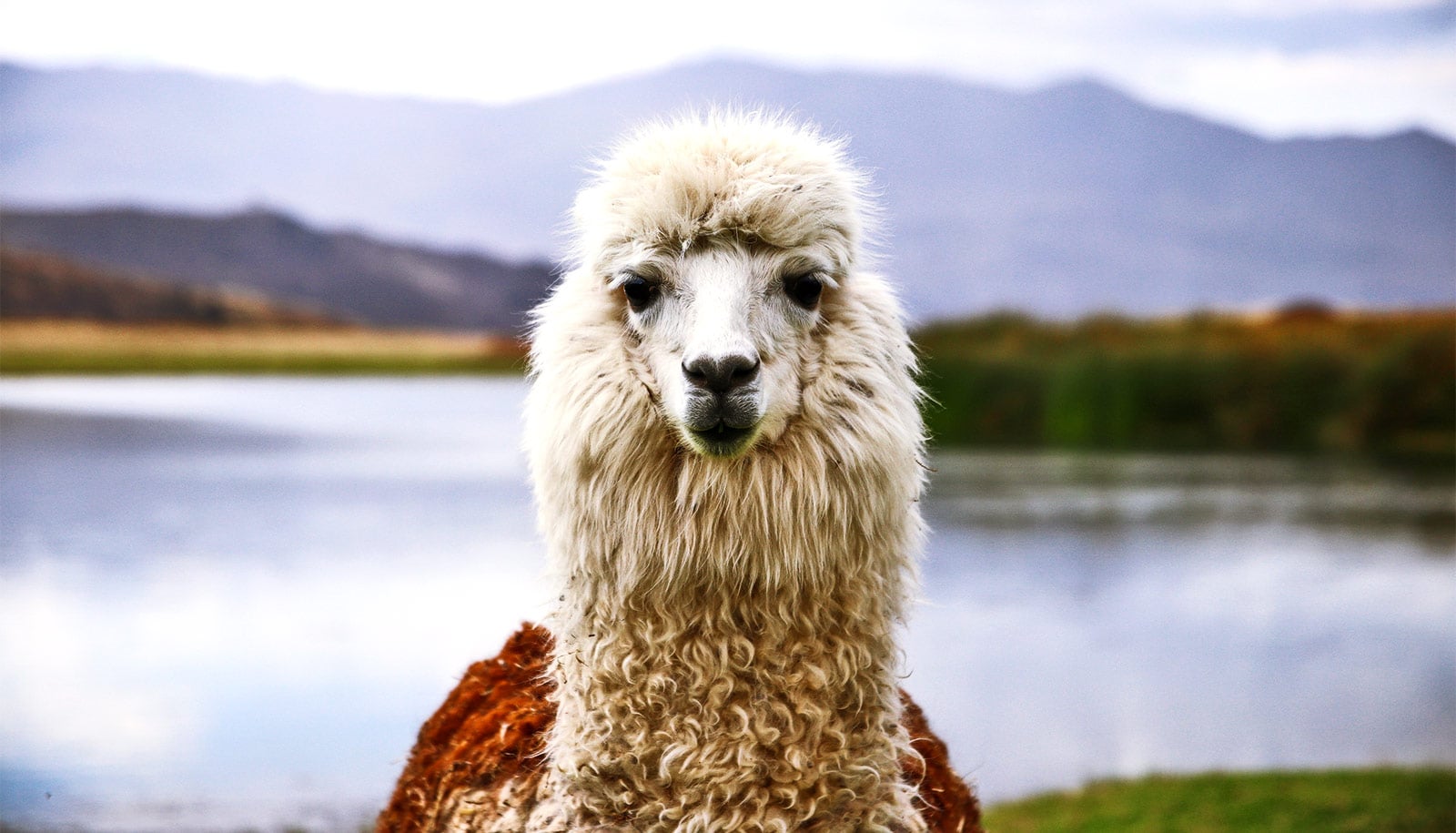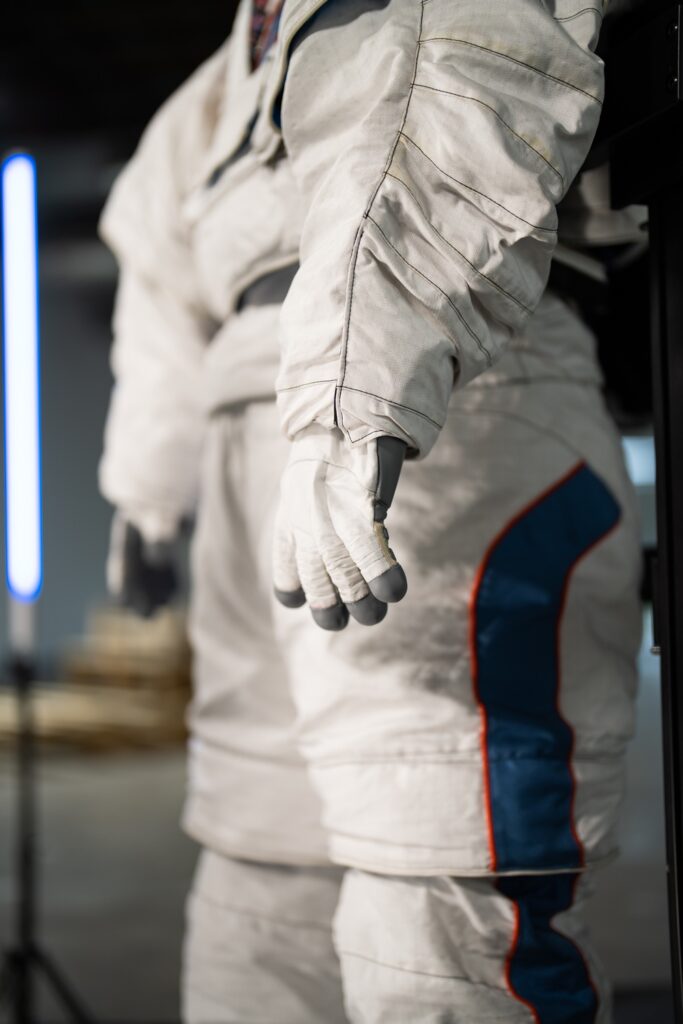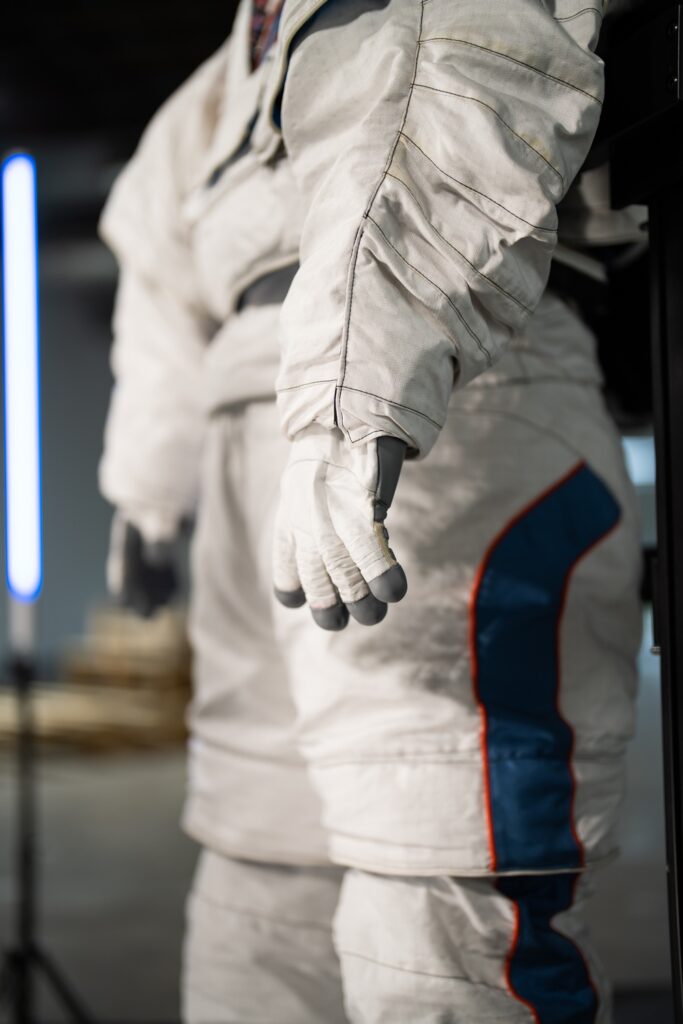Rising temperatures will cut the number of days when conditions favor prescribed fires by 17% on average across the western US, mostly in spring and summer, according to a recent study.
Prescribed fires are typically lit by trained firefighters to clear away excess plant matter to help prevent conditions that might otherwise turn a healthy vegetation fire into a raging inferno.
A narrowing window for these controlled burns means even more challenges for land managers to use one of the most common tools for preventing catastrophic wildfires in the western United States.
Winter, however, will see a net 4% increase in the number of favorable days for implementing controlled burns. The researchers found most of those extra days in winter in the northern range of the study area, meaning there could be a silver lining for the Pacific Northwest where winter prescribed burn windows are expected to increase by up to 5 to 10 more days.
“For the Pacific Northwest, the results are actually more optimistic,” says Deepti Singh, a researcher in Washington State University’s School of the Environment and coauthor of the study published in Communications Earth and Environment.
“We already see a trend in this region toward increasing number of days that are conducive to prescribed fires in the winter and springtime. That’s something that we can use to our advantage to plan for fire management activities.”
With continued drying and warming, there will be fewer windows for prescribed burns in the summertime across much of the West, and catastrophic wildfires will present an ongoing threat in the Pacific Northwest as well as in drier more southern regions of the US West.
The researchers found other regional variation in the changes. In California, for example, the warmer and drier weather in coastal and southern parts of the state mean many places could lose a month of days suitable for prescribed fires each year.
Climate change will require the agencies responsible for prescribed burns to adjust, says lead author Daniel Swain of UCLA because most personnel who prepare for and manage prescribed fires are seasonal workers whose jobs end by mid-autumn each year. Going forward, the use of prescribed fires will require changes in staff availability.
“Global warming will reduce the number of favorable days for prescribed fires throughout the American West, but winter in particular may emerge as an increasingly favorable time for prescribed burns if the relevant policy and staffing changes can be made,” Swain says.
Currently, scientists project warming of 2.0 degrees Celsius (3.6 degrees Fahrenheit) by 2060—a projection Swain called “optimistic” given the current trajectory of even greater warming.
Even at current temperatures, more efforts are necessary to prevent destructive fires, he says.
“We’re just not doing a lot of prescribed fire compared to what is needed, at scale, to really address the escalating wildfire crisis,” he says.
For the study, the researchers focused on historical and projected climate conditions and vegetation dryness, comparing 1980–2020 with 2020–2060. They did not address other factors important to the use of prescribed fire: impact on ecology, public policy considerations, effects of smoke on humans and wildlife, as well as availability of staff to do prescribed burns.
Specific burn prescriptions vary by location and vegetation type, but target temperatures commonly range from 50–70 degrees Fahrenheit with 10–20% relative humidity, says coauthor Kristen Shive of UC Berkeley.
As wildfires in the American West have dramatically increased for a variety of reasons—including climate change, human development in fire-prone areas, and aggressive fire suppression in the 20th century—tools like prescribed fires will only become more critical. Anticipating future opportunities and limitations to the use of this tool enables agencies to plan ahead, particularly in regard to the firefighting work force.
“This paper is giving us advanced warning,” Shive says. “Hopefully, we can change policies to either extend those folks or create winter-specific crews.”
Additional coauthors are Washington State, UCLA, UC Berkeley, UC Merced, and the Nature Conservancy.
Source: Washington State (Originally adapted from a UCLA release)

